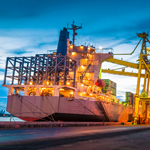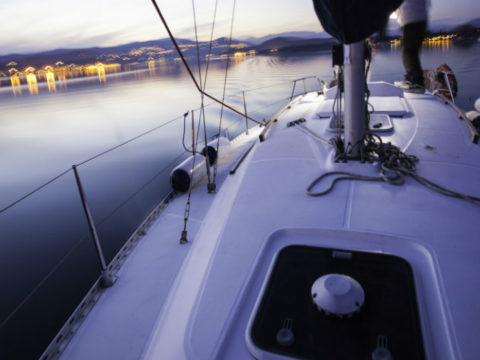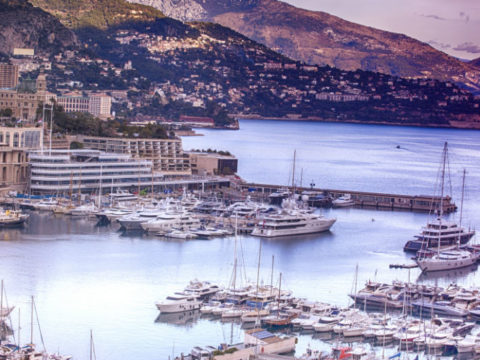Working with heavy engineering equipment, high-value vessels and unpredictable weather conditions, organisations across the marine industry are particularly familiar with the dangers of injury, property damage and even death.
It might not be the most exciting task, but pre-empting potential disasters by carrying out regular risk assessments – and adapting your insurance to cover everything found during the review – is crucial to ensuring the safety of your employees, crew, customers and anybody else your business comes into contact with.
Following a recent spate of preventable Health and Safety incidents hitting the headlines, across multiple industries, Safeguard looks at how prioritising Risk Assessments and insurance could save your business – and even a life.
- Volvo Ocean Race yachtsman lost at sea
Crewmember John Fisher fell overboard from Team Sun Hung Kai’s yacht during March 2018’s Volvo Ocean Race, a round-the-world yacht race in the Southern Ocean. During the team’s debrief they explained how just before sunrise yacht SHK/Scallywag surfed down a large wave which lead to an accidental crash gybe.Southampton-born Mr Fisher was in the cockpit, and had unclipped his tether to move forward to tidy up a sheet. Although he was wearing a survival suit and appropriate safety gear, he was knocked off the boat by the mainsheet system. A search and rescue operation was carried out to no avail, and Mr Fisher is presumed lost at sea.
Though tragic, it is clear that human error contributed to this incident. Insurers would consider this ‘contributory negligence’ when settling a claim.
- Mother killed by pallet of bricks falling from building site
A building site accident in March 2018 left a young mother critically injured at the scene, before dying in hospital two days later. Michaela Boor, 29, had been walking down a street in Mile End, east London when a palette of bricks fell 70ft from a crane above the street. It has been reported that no staff were present.
Higgins Homes, which is constructing the luxury flat development, said they were working with the Health and Safety Executive as they carry out a probe. A HSE spokesman said, “Inspectors have attended the site and are making ongoing enquiries in conjunction with the Metropolitan Police to investigate the circumstances of the incident.”
The construction firm will likely stand accused of negligence if its workers failed to appropriately secure the palette and check apparatus.
- Oyster Yachts go into administration after 2015 sinking
Hoveton boat builder Oyster Yachts went into administration in February 2018 after the company announced it had insufficient funding to continue trading - despite an £80m order book. Administrators will now sell off Oyster’s brand name, technical designs, build manuals and moulds plus IT hardware, plant and machinery.
The company’s troubles stem from the financial impact of the Polina Star III, an Oyster yacht which lost her keel and sank off the coast of Spain in 2015. Structural problems were identified, leaving the company at fault.
However, a failure of insurance – caused by incorrect insurance placement – left the business exposed to cover legal and compensation costs themselves. The total cost of the claim, administration and knock-on disruption to production resulted in expenses of £5.882m.
As well as the terrible devastation caused by an accidental loss of life, major incidents at sea and on work-sites can also leave your business liable, with huge financial implications.
Alongside helping you to develop incident-reducing processes, meticulous Risk Assessments can also be used to identify potential problem areas of your business or project, and ensure any issues found are specifically catered for in your tailored Marine Insurance package.
A Silent Review of your current insurance arrangements can help your business avoid these incidents.
Contact Safeguard Insurance to arrange your Silent Review.
Specialists in all aspects of Marine Insurance since 1970, Safeguard’s expert brokers use their extensive experience to recommend an insurance solution which understands the exact risks your business faces and provides corresponding support.
Get in touch on 01322 337557.





